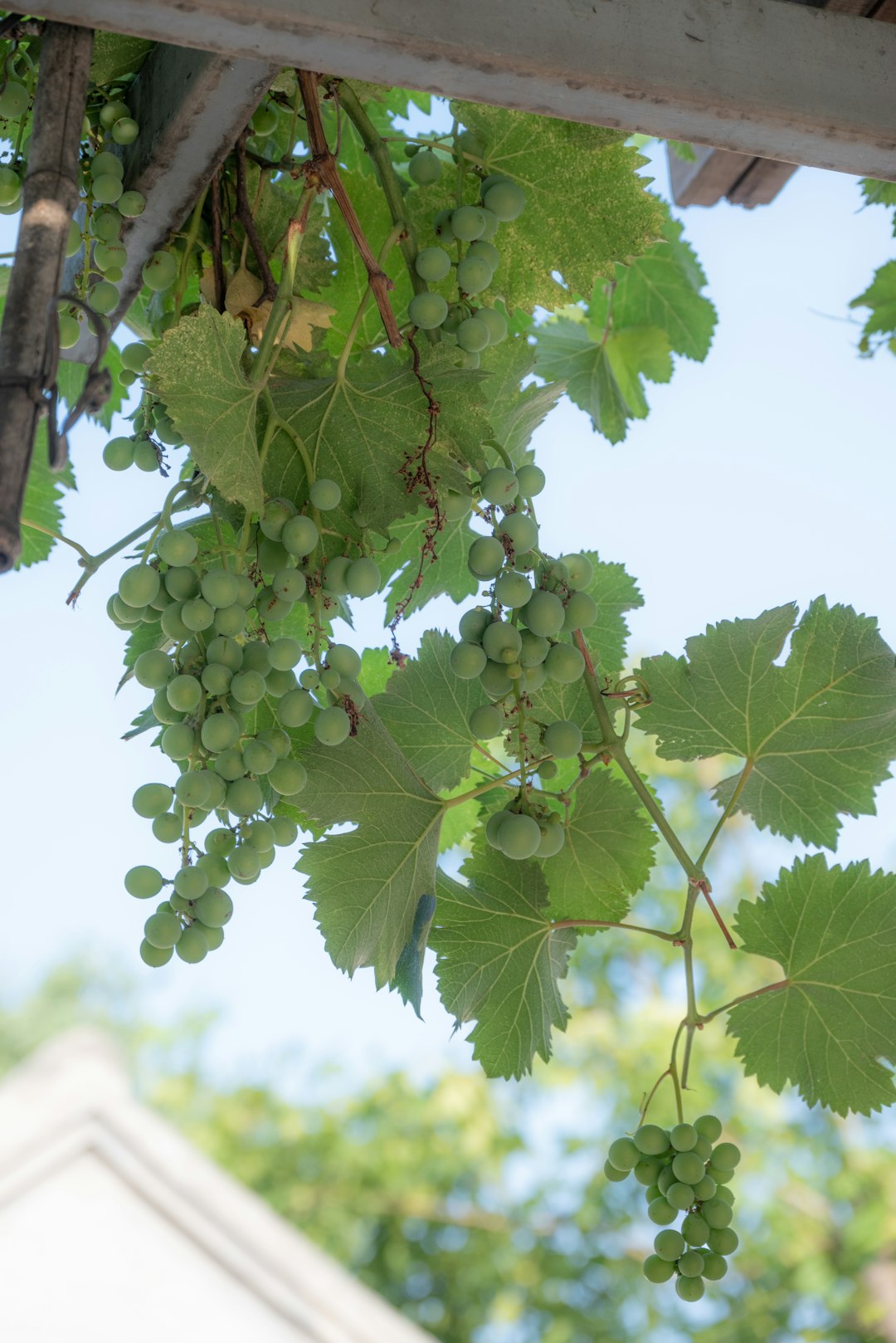Transforming Slopes with Hardy Floral Beauties

Landscaping a slope can be a challenging yet rewarding endeavor. The uneven terrain presents unique difficulties, such as soil erosion and water runoff. However, by selecting the right plants, you can not only overcome these challenges but also create a stunning and vibrant landscape. In this article, we will explore some tough plants that are perfect for slopes, capable of filling an inclined landscape with colorful flowers and lush foliage.
One of the top choices for slope landscaping is the Creeping Phlox. This low - growing perennial is a true gem. It spreads quickly, forming a dense mat that helps to hold the soil in place. Creeping Phlox blooms in early spring, covering the slope with a carpet of vivid colors, including shades of pink, purple, blue, and white. Its fragrant flowers attract pollinators like bees and butterflies, adding to the charm of the landscape. It thrives in full sun to partial shade and is quite drought - tolerant once established. This makes it an ideal plant for slopes where water may not accumulate easily.
Another excellent option is the Juniper. Junipers come in various forms, such as creeping, spreading, and upright. The creeping varieties are particularly well - suited for slopes. They have a dense growth habit that effectively prevents soil erosion. Their evergreen foliage provides year - round interest, with colors ranging from bright green to blue - green. Junipers are extremely hardy and can tolerate a wide range of soil conditions, including poor and rocky soils. They are also resistant to pests and diseases, making them a low - maintenance choice for slope landscaping.
Daylilies are also a great addition to a sloped landscape. These perennials are known for their showy, trumpet - shaped flowers that come in a vast array of colors, from soft pastels to bold oranges and reds. Daylilies are very adaptable and can grow in both full sun and partial shade. They have a fibrous root system that helps to stabilize the soil. Moreover, they are relatively easy to care for, requiring only regular watering and occasional fertilization. With proper care, daylilies can bloom for several weeks during the summer, adding a splash of color to the slope.
For a more native and wildlife - friendly option, consider the Coreopsis. This wildflower is native to North America and is well - adapted to various environmental conditions. Coreopsis produces bright yellow or orange daisy - like flowers that bloom from early summer to fall. Its long - lasting blooms attract a variety of beneficial insects. The plant has a deep root system that helps to anchor the soil on slopes. It prefers full sun and well - drained soil, but it can tolerate some drought and poor soil conditions.
When planning a slope landscape with these plants, it's important to consider the overall design. You can create a layered effect by combining different types of plants. For example, start with low - growing groundcovers like Creeping Phlox at the base of the slope. Then, add mid - height plants such as Daylilies or Coreopsis in the middle. Finally, taller shrubs or small trees can be placed at the top to add vertical interest. This not only creates a visually appealing landscape but also helps to maximize the soil - stabilizing benefits of the plants.
Soil preparation is also crucial for the success of a slope landscape. Before planting, it's advisable to test the soil to determine its pH and nutrient content. Amend the soil as needed by adding organic matter such as compost or peat moss. This will improve the soil structure, drainage, and fertility. Additionally, proper watering is essential, especially during the establishment phase of the plants. Water deeply and infrequently to encourage the plants to develop deep root systems.
In conclusion, with the right selection of tough plants and proper planning, a slope landscape can be transformed into a beautiful and functional outdoor space. The plants mentioned above not only add color and beauty but also play a vital role in preventing soil erosion and maintaining the stability of the slope. Whether you're a novice gardener or an experienced landscaper, these plants offer a great starting point for creating a stunning sloped garden.